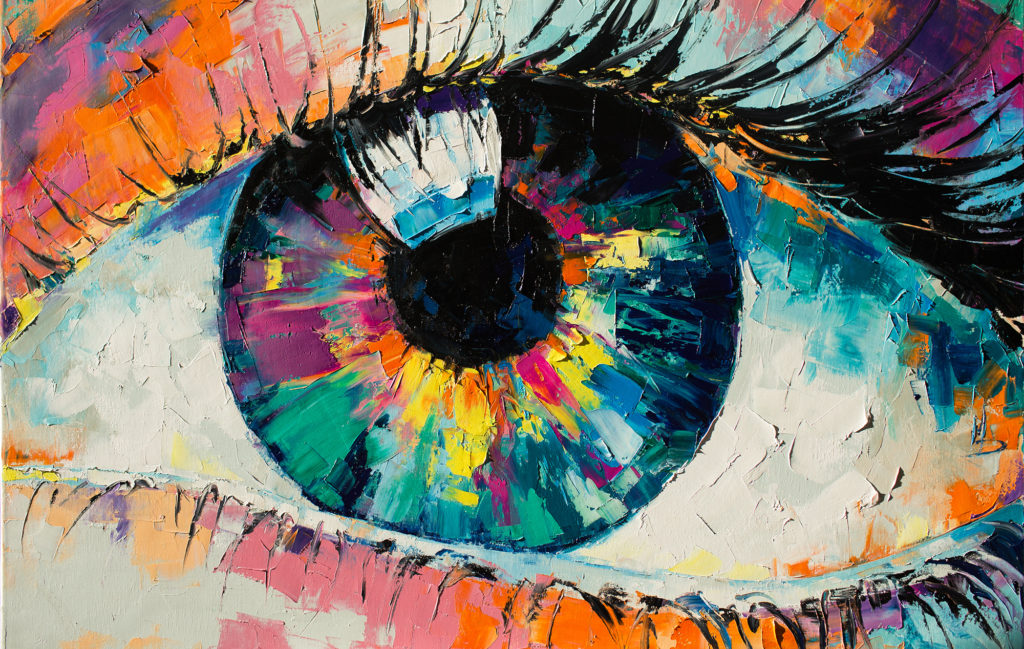Delving Into the Diverse World of Artistic Expression: From Surrealism to Abstract Realistic Look
In the realm of artistic expression, from the dreamlike landscapes of surrealism to the intricate play of light and type in abstract realistic look, artists have actually continually pushed the borders of imagination and creative imagination. As we discover the diverse world of art, we are provided with a tapestry of styles, strategies, and ideologies that challenge our understanding and provoke contemplation.
Surrealism: Letting Loose the Subconscious
Surrealism, a progressive imaginative activity of the 20th century, explored the midsts of the subconscious, unveiling a globe of dream-like images and unique associations. Led by artists like Salvador Dali, René Magritte, and Joan Miró, Surrealism looked for to test the conventional ways of seeing and recognizing art. With strategies such as automatism and dream evaluation, Surrealist musicians intended to use the subconscious mind to expose surprise facts and wishes.
Among the crucial elements of Surrealism was the focus on the irrational and the exceptional. By incorporating unexpected elements in their jobs, Surrealist artists aimed to produce a sense of disorientation and shock in the visitor. This disruption of reasoning and reason was suggested to prompt a much deeper exploration of the subconscious and the secrets of the human mind.
Abstract Realistic Look: Redefining Perception
Challenging standard artistic borders, Abstract Realistic look redefines perception through the fusion of identifiable components with abstract kinds. This cutting-edge approach to art incorporates the representational accuracy of realism with the innovative freedom of abstraction, using customers an unique aesthetic experience that triggers them to question their assumption of truth.
In Abstract Realism, artists aim to catch the essence of their subjects while also infusing their work with a feeling of deepness and complexity through abstract components. By blending the aware of the unfamiliar, these artists invite target markets to engage with their pieces on several degrees, urging them to check out the subtleties of shade, texture, and kind.

Cubism: Breaking Up Truth
Making use of fragmented viewpoints and geometric kinds, Cubism transformed the artistic depiction of truth in the very early 20th century. This approach not just deconstructed reality but additionally stressed the monotony of the canvas, paving the way for future abstract art movements.

Cubism can be categorized right into 2 primary stages: Analytical Cubism, characterized by monochromatic color design and elaborate, fragmented types; and Synthetic Cubism, which included collage elements and brighter colors into the structures. With these unique phases, Cubism influenced not only paint yet likewise sculpture, architecture, and layout. trump art. Its influence reverberated throughout the art globe, inspiring artists to discover new methods of analyzing and representing the globe around them
Expressionism: Feelings on Canvas
Exploring the depths of human feelings through dazzling and expressive brushstrokes, Expressionism emerged as an extensive creative motion my review here in the early 20th century. Unlike previous art movements that focused on portraying the exterior globe, Expressionism looked into the inner realm of the artist's subconscious, aiming to evoke raw feelings and provoke natural feedbacks from viewers.
Expressionist musicians, such as Edvard Munch, Egon Schiele, and Emil Nolde, rejected standard notions of charm and realism in support of misshaping kind and color to convey subjective feelings. Using exaggerated brushwork, bold shades, and distorted numbers assisted develop a feeling of worry, alienation, or interest in their jobs.
Among one of the most famous examples of Expressionism is Munch's "The Scream," which records the intense anxiousness and misery of modern-day life via its swirling, distorted number against a blood-red skies. Via their emotionally billed works, Expressionist musicians looked for to test traditional creative standards and supply a home window into the unstable depths of the human spirit.
Contemporary Art: Evolving Viewpoints

Among the specifying features of modern art is its constant evolution and capability to adapt to changing cultural landscapes. Artists are significantly including technology into their method, obscuring the lines in between the digital and physical realms. This blend of mediums enables innovative ways of storytelling and involving with audiences in an extra interactive manner.
In addition, contemporary art usually works as a platform for social discourse, addressing pressing problems such as identity, national politics, and the setting. Musicians are using their work to prompt and spark essential discussions idea, clarifying the intricacies of the globe we live in. As point of views continue to evolve, contemporary art stays a dynamic and significant force in forming our cultural landscape.
Final Thought
To conclude, the world of artistic expression encompasses a wide range of movements and styles, each with its own special method to conveying meaning and emotion. From surrealism's expedition of the subconscious to abstract realism's redefining of websites perception, and from cubism's fragmentation of fact to expressionism's representation of emotions, art remains to advance and challenge point of views - trump art. Contemporary art mirrors the ever-changing world we live in, providing brand-new means to interpret and recognize the intricacies of our reality
As we discover the diverse globe of art, we are provided with a tapestry of designs, methods, and approaches that test our understanding and prompt reflection. Its influence resounded throughout the art globe, inspiring musicians to discover brand-new means of representing the world and interpreting Get More Information around them.
